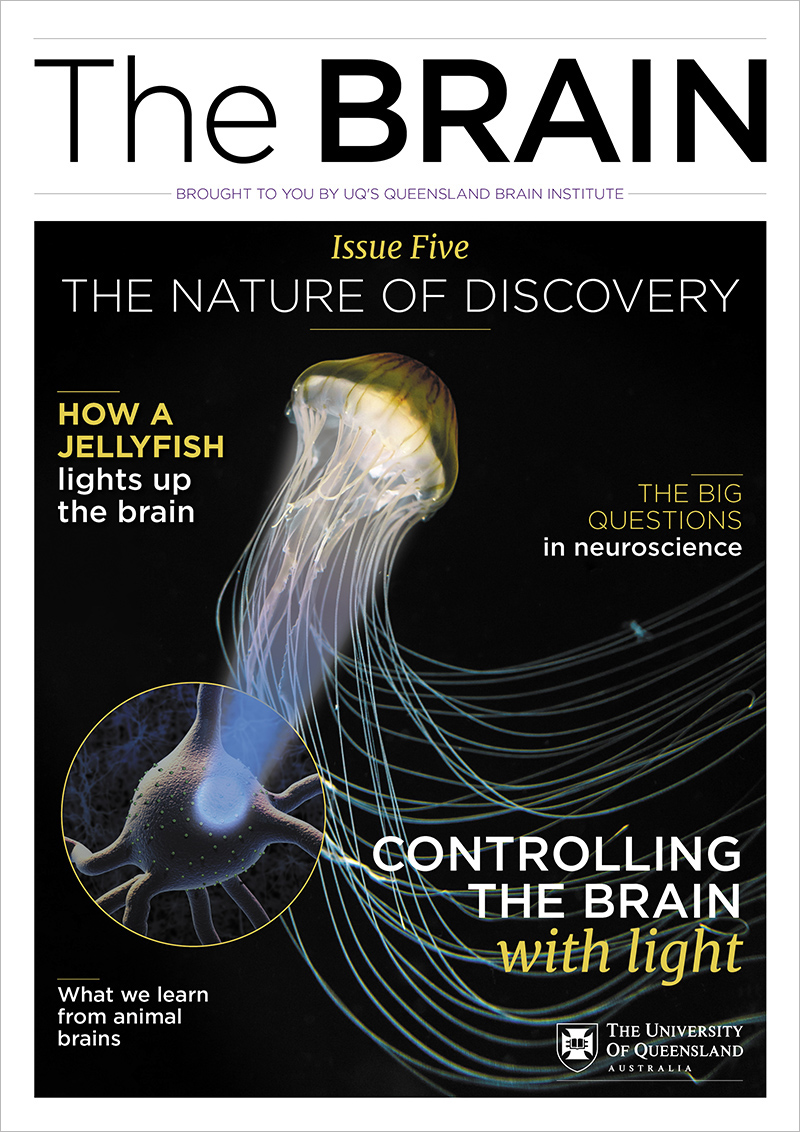Researchers at the Queensland Brain Institute (QBI) have revealed if touch-sensing neurons are attached to the surrounding skin correctly, they can avoid breakages and degeneration.
Professor Massimo Hilliard and his team identified this neuroprotective function in the roundworm C. elegans.
“Our research shows a combination of intrinsic mechanical resistance and external shielding by the surrounding tissues prevents damage to the axon – the long, cable-like structures that nerve cells use to communicate,” Professor Hilliard said.
“We have shown a uniform neuron-skin attachment is critical to protect axons from mechanical strain.
“If this attachment is compromised, then degeneration and breakages occur.”
- Faulty brain circuits arise from abnormal fusion
- Controlling molecular glue protects connections between brain cells
Elasticity key to axon health
The first author of the study, PhD student and recipient of the Alastair Rushworth Research Fund, Mr Igor Bonacossa Pereira, said we can think of this neuroprotective function like an elastic Velcro strip.
“To preserve the axon, you need a similarly strong, consistent yet flexible attachment between the neuron and the surrounding skin,” Mr Bonacossa Pereira said.
“If you have a Velcro strip with gaps in it or one that is too rigid, it doesn’t attach well.
“For the axon to be preserved, it needs internal elasticity as well as a strong, consistent attachment with the surrounding skin.”
The research team identified mutations in LET-805/Myotactin and UNC-70/β-spectrin that alter neuronal-epidermal attachment and embedment, leading to movement-induced breakage.
Searching under every neuron for answers
Dr Sean Coakley, a member of the QBI team and now a Group Leader at the School of Biomedical Sciences at The University of Queensland, explained that the discovery indicates neuronal health is not intrinsic to the neuron but also relies on the health of the surrounding tissues.
“We studied this function in sensory neurons of C. elegans, which are embedded and attached to the skin in a very similar way to sensory neurons of humans and other animals,” Dr Coakley said.
“Because of this, we hope our discovery will have implications for research into many neurodegenerative diseases and sensory disorders.
“It opens our eyes to look around the neuron, not just within it, to understand how axons break and repair.”
This latest research was published in Cell Reports (https://doi.org/10.1016/j.celrep.2022.110501).
For more information please contact:
QBI Communications, communications@qbi.uq.edu.au
Elaine Pye + 61 (0) 415 222 606 or Merrett Pye + 61 (0) 422 096 049




